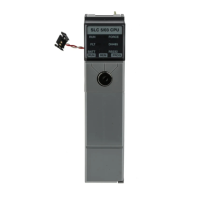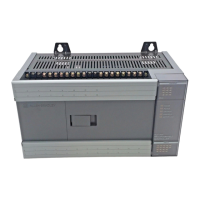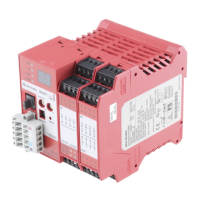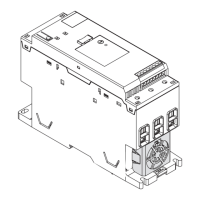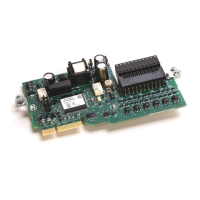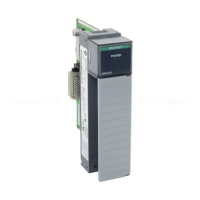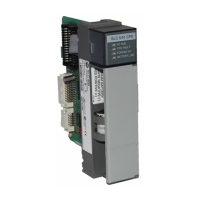Publication 1747-RM001G-EN-P - November 2008
SLC Communication Channels 13-3
DF1 Full-duplex - DF1 Full-duplex protocol (also referred to as DF1
point-to-point protocol) allows two devices to communicate with each other
at the same time. This protocol allows:
• transmission of information across full-duplex modems (dial-up, leased
line, radio, or direct cable connections).
• communication to occur between Allen-Bradley products and
third-party products.
DF1 Half-duplex (Master and Slave) - DF1 Half-duplex protocol provides
a multi-drop single master/multiple slave network capable of supporting up to
255 devices (nodes). This protocol also provides modem support and is ideal
for SCADA (Supervisory Control and Data Acquisition) applications because
of the multidrop capability.
DF1 Radio Modem - DF1 Radio Modem protocol is a peer-to-peer protocol
that supports up to 255 devices (nodes) and is optimized for radio modem
communications. It allows Report-by-Exception messaging; any node can
initiate to any other node at any time (as long as the radio modem network
supports full-duplex data port buffering and radio transmission collision
avoidance). It also supports Store and Forward, which allows messages
between two out-of range nodes to be routed through one or more in-range
nodes.
Modbus RTU Master - Modbus protocol exchanges message instructions to
transfer information between the data files in the Modbus RTU Master and
the Modbus RTU Slaves.
ASCII - The ASCII protocol provides connection to other ASCII devices,
such as bar code readers, weigh scales, serial printers, and other intelligent
devices.

